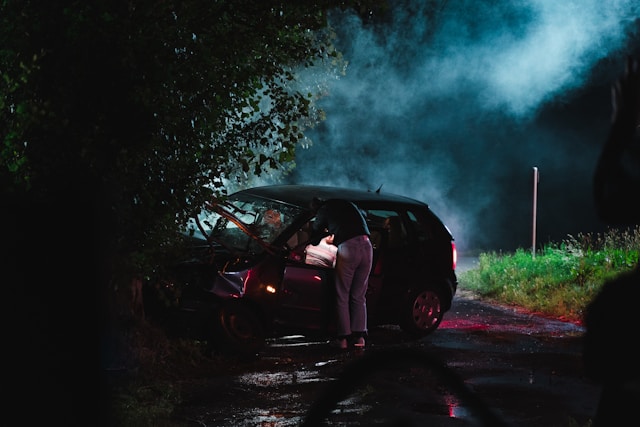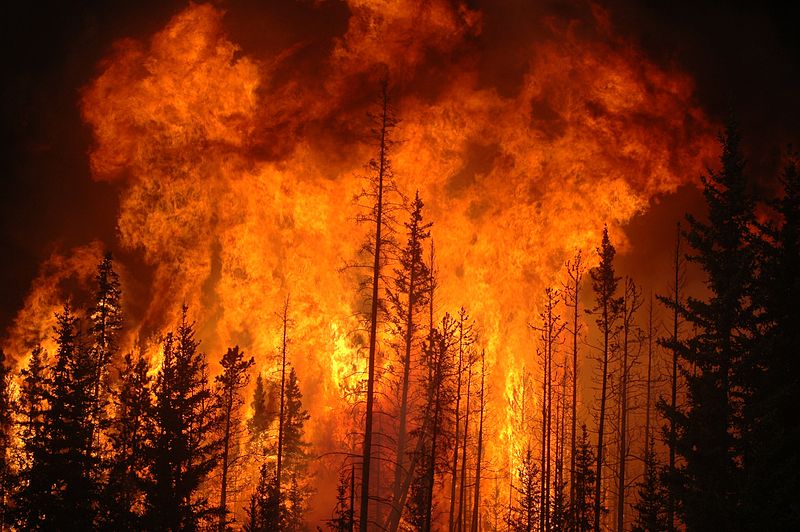No one drives out of their home thinking they’ll have a car accident. This means that a lot of people have no clue what to do in the event of a car accident. Many people involved in a car accident often come out of their car to either yell at or discuss with the other driver, even though this may not be the most helpful first thing to do.
According to a New Orleans auto accident lawyer at Chopin Law Firm, many people feel very vulnerable immediately after a car crash, making them accept the first lowball offer from the insurance company. Knowing what to do in the event of a car accident will help you ensure you remain in control after an auto crash and ensure you’re able to get all necessary compensation to recover from the crash.
Car accident lawyers San Diego specialize in helping victims navigate the legal process to secure fair compensation for injuries and damages. These attorneys offer expertise in dealing with insurance companies and building strong cases for their clients.
Here are the first five things you should do after a car crash.
1. Look to see if you’re still in Imminent Danger.
Pull the car over and perform a threat assessment if the accident occurred in a high-traffic area. A threat assessment helps you determine if any danger is coming your way. This treat could be from upcoming vehicles or angry road users who may also have been involved in the same accident. You could also look around to ensure you’re safe; in bad neighborhoods, you may be better off remaining in your car until help comes. If for any reason you do not feel safe, wind down your window a little and let anyone outside the car know that you have called the police and they’re on their way. If you end up with a wholly totalled car after an accident, try to get out as safely as possible and move a safe distance away from the vehicle until help comes.
2. Do a Physical Assessment of Yourself and your Passengers
Emotions are often high after a car accident, which means that there’s a chance you may come out of your car yelling at the other driver while ignoring the fact that you’re bleeding or seriously hurt. It is vital to ensure you’re unhurt immediately after a car accident. If you see blood yet do not feel pain, remember that adrenaline can help mask pain, which means you may not realize how badly you’ve been hurt until it’s too late.
Here are some questions to ask yourself during a physical assessment after a car accident to make sure you’re unhurt:
- Did you pass out after the accident?
- Do you have any signs of a concussion? This includes nausea or vomiting.
- Look at your body for any cuts, breaks, or bleeding
- Check your head for bumps and observe if you hit your head or any other parts during the crash.
- Check for pain and sickness in the neck, arms, and shoulders.
Repeat this for every passenger in the vehicle. If anyone is hurt, call 911 immediately. Also note that even if you escaped the crash with minimal external injuries, it’s still important to get checked out by a doctor at least two days after the accident. A medical assessment helps to confirm that you did not sustain any internal injuries after the accident. You will also need the doctor’s report when filling a claim.
3. Get Out of Your Car and Take Photos
If you’re in a safe environment and the other party in the accident is not irate, get out of your car and start taking photos from as many angles as possible. Photographing as much detail as possible is essential because the accident scene will get cleaned up, people may lie, and stories may change, but photos will stay the same. Critical details to include in your snapshots include:
- Vehicles and Vehicle Positions: Take photos of any damage done to your vehicle, the angles at which both cars were hit, and the impact point. It may be essential to include any scrape marks or tire skid marks. Also, photograph the insides of your vehicle and capture any damage done, such as deployed airbags. Photograph any damages to the other car before the accident, such as broken headlights and bald tires.
- Injuries: Take photos of any injuries that someone may have been sustained in the accident
- Road Conditions: Take photos of icy, flooded, harmful, or uneven roads that may have contributed to the accident.
- Weather Conditions: If bad weather contributed to the accident, taking photos of it is essential. This includes fog, heavy rain or extreme winter conditions.
- Damage to Other Objects: If other objects of the road were damaged by the accident, such as road signs, bridges, etc., take photos of these as they may be helpful for your claim
4. Exchange Registration and Insurance Information with the Other Party
You can exchange necessary information with the other party after an accident; however, remember to only provide the factual information needed. Since you’re still emotional after the accident, it is important to only stick to the facts when discussing with other drivers. It is essential to only admit fault in the accident after speaking with your lawyer. This is because, due to high emotions soon after an accident, you may begin to feel that you’re at fault. However, after speaking with your lawyer, you may realize that other factors may have contributed to the accident. This includes poor visibility, icy roads, drunk drivers, etc.
5. Call your Lawyer
Why call your lawyer, not just your insurance company, after an auto accident? The reason is that insurance companies will try their best to minimize payouts by pinning some of the faults on the victim. When you hire a lawyer, you can build a strong case and get a chance to file a lawsuit if you merit further compensation.
It’s best to contact a lawyer as soon as possible after an accident because they provide a legal opinion that would be useful when dealing with insurance adjusters. They also help you build the most robust case possible by gathering sufficient evidence to prove liability.







